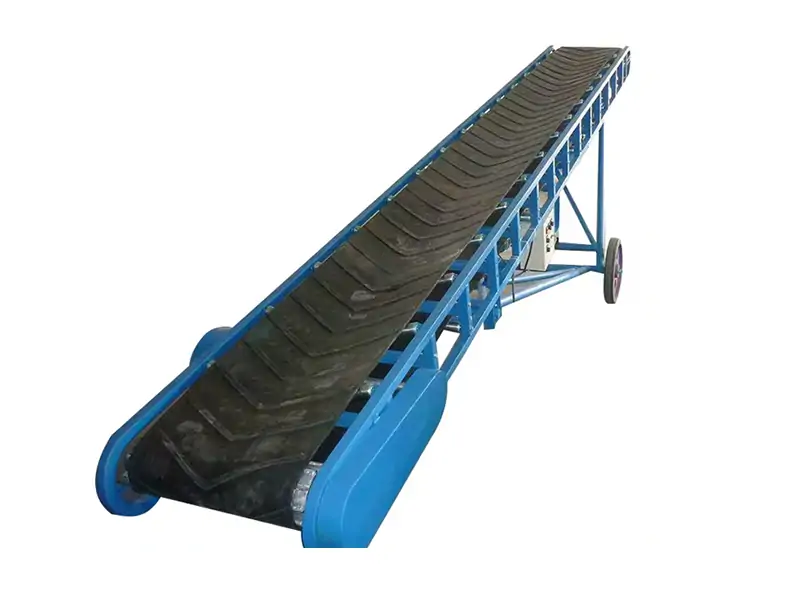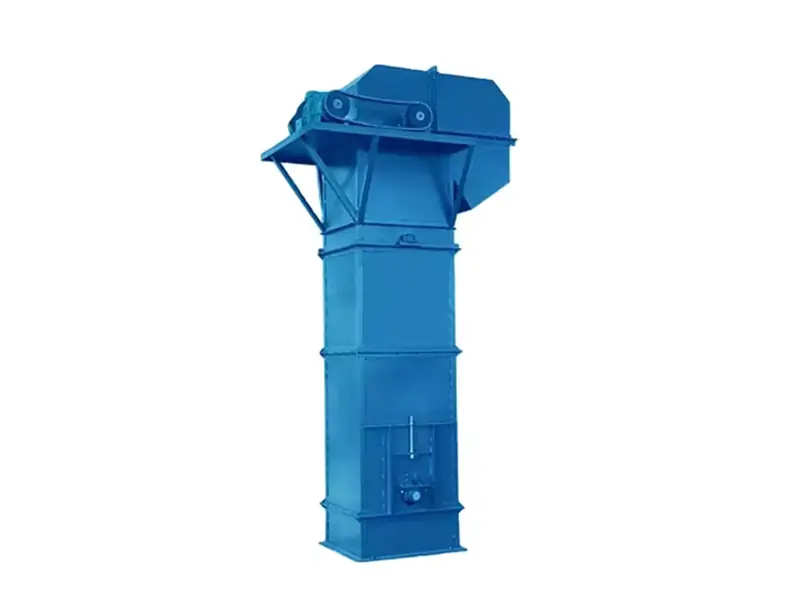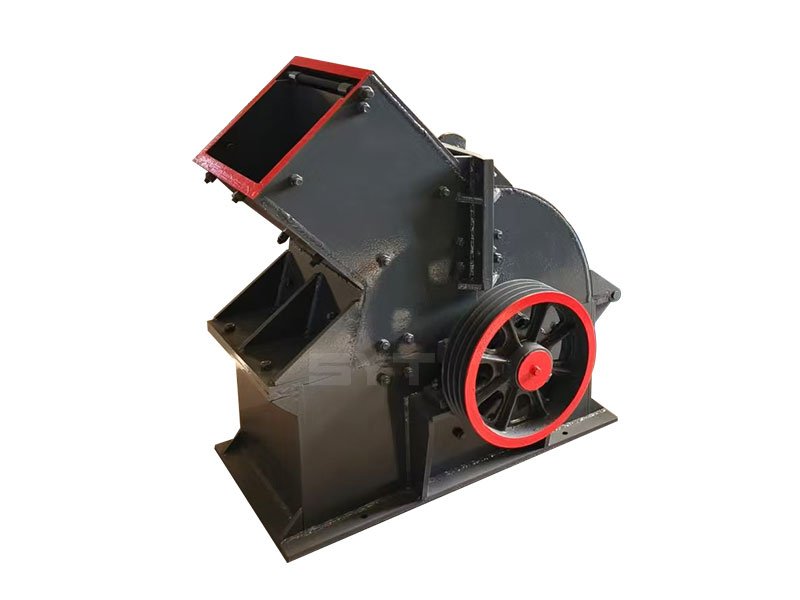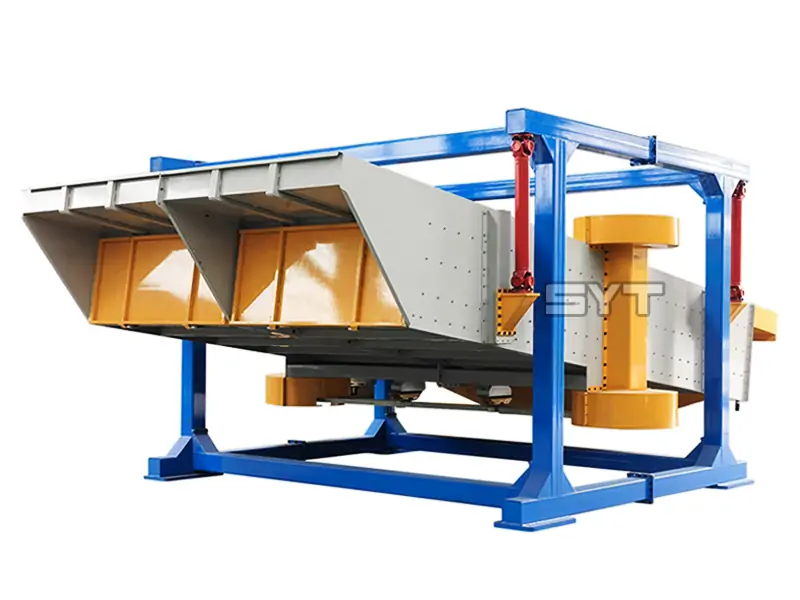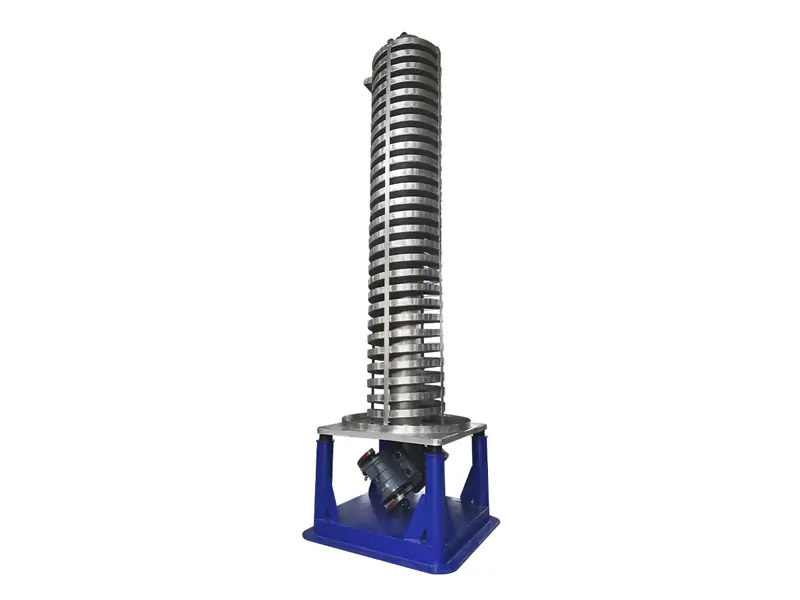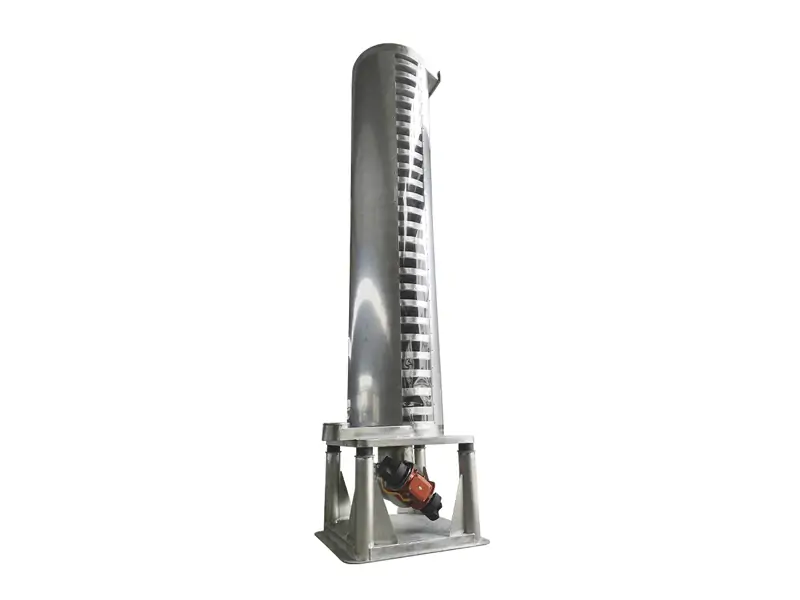As the main equipment for conveying a wide range of materials, the stability of the conveyor belt is directly related to the efficiency of conveying. How to minimize the problem of conveyor belt leakage during the conveying process is the main factor to improve efficiency. So today I will take you to discuss and learn how to use the conveyor efficiently and reduce the problem of material leakage during conveying.
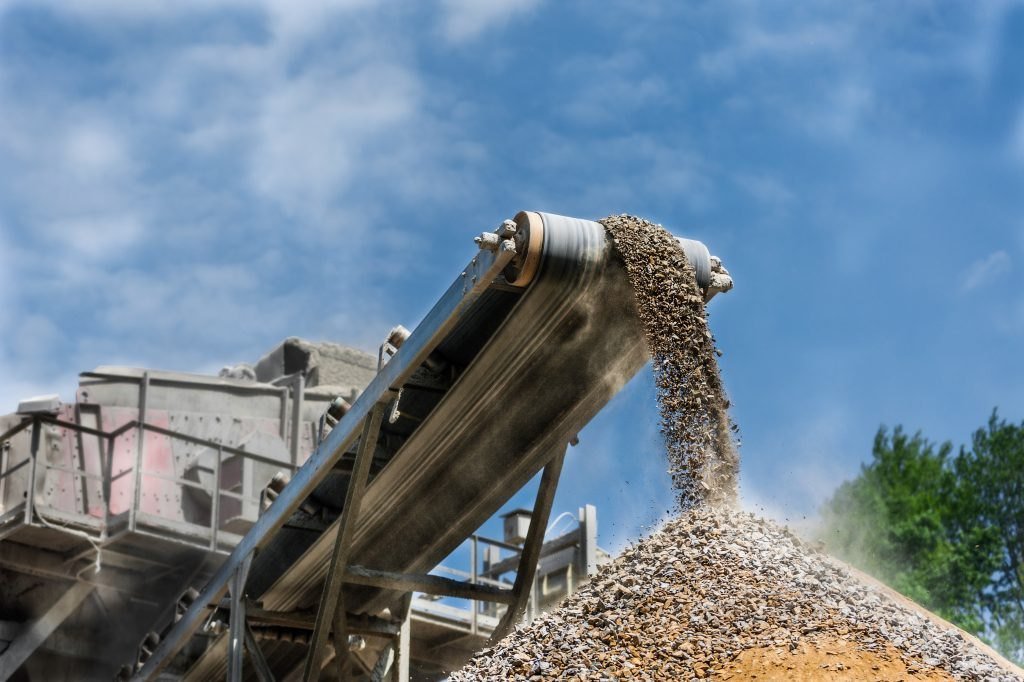
We need to find the main problems of material leakage:
The main problems of material leakage are caused by:
1. belt deviation; 2. improper loading point design; 3. roller and drum problems; 4. belt wear or damage; 5. material characteristics; 6. sealing device failure; 7. vibration and impact; 8. improper maintenance; 9. environmental factors and other factors.

Today I will mainly explain to you the conveyor belt ; loading point design and roller and drum problems.
Belt deviation:
The belt will wear and age due to long-term use; improper belt installation, roller or roller wear, uneven material distribution, etc. will also directly cause the belt to deviate. Belt deviation will cause materials to spill from the edge of the belt, which is also the main factor of material leakage. So how can we prevent or adjust and optimize it? My suggestions to you are: 1. Check the tension of the belt frequently to avoid the belt being too loose or too tight; 2. Correct the position of the rollers and drums to ensure that they are in a parallel and horizontal working environment; 3. Increase the width of the belt to reduce the force area of the material.
Loading point design:
The loading point is the position where the material is transferred from the feeding equipment to the belt conveyor. If it is not designed and managed properly, it is easy to cause leakage, belt wear, deviation and other problems. So here are some suggestions to reduce the problem of material leakage.
1. Install skirts and sealing strips to prevent materials from spilling from both sides.
2. Use the guide trough to guide the material to ensure that the material is evenly distributed on the belt.
3. Adjust the material unloading position so that the material falls vertically or nearly vertically in the center of the belt to reduce impact force and eccentric load;
4. Install buffer rollers under the loading point to absorb material impact and protect the belt;
5. Clean the accumulated material at the loading point regularly, check the status of the guide trough, sealing device and rollers, and replace damaged parts in time; this can greatly solve the problem of material leakage at the transfer point and ensure the service life of the belt and equipment.
Rollers and drums:
Rollers and drums jointly support and guide the operation of the belt to ensure that the material can be transported smoothly and efficiently;

Rollers: installed on the conveyor frame, mainly used to support and guide the rolling parts of the belt; the main function of the roller is to support the belt and material and reduce the belt sagging; it can reduce the resistance of the belt operation and reduce energy consumption; at the same time, it correctly guides the belt operation to prevent the belt from running off. At the loading point, it can absorb the impact force when unloading and protect the belt and equipment. Therefore, we must regularly check the rotation of the rollers, replace the damaged rollers in time, and clean the accumulated materials on the surface of the rollers in time to prevent them from getting stuck. At the same time, we can regularly lubricate the roller bearings to increase their service life.
After talking about rollers, let’s talk about drums. The main function of the drum is to provide power to the belt, change the direction of belt transportation, adjust the position and direction of the drum to increase the friction between the belt and the drum, reduce the slippage of the belt, improve the conveying efficiency and reduce the problem of leakage. So, how should we use it correctly? I give a few suggestions. Check the installation position of the drum to make it parallel and horizontal, so that it can accurately drive the belt to run, and protect the tension of the belt at the same time. Regularly check the wear of the roller surface, replace or repair it in time; clean the material on the roller surface to prevent slipping; regularly lubricate the roller bearing to extend its service life.
These are the ways and methods that we can directly operate to reduce material leakage in belt conveyors. Since we use different materials, the problems caused by the materials themselves and the use environment are different, I will not introduce them one by one here. If you have any questions or needs, please leave me a message and I will answer your questions in time.
If you need any other help, please feel free to contact us. We will definitely respond to you with enthusiastic service.
Related Articles
- Sand Conveyor Belt Types And Price
- Understanding The Inclination Angle Of Belt Conveyors
- The Role Of Sand Conveyor Belt In Sand Making Plant
- Inclined Belt Conveyor Fasteners: Selecting, Trimming, and Installing
- Chain Conveyor VS Belt Conveyor
- How To Prevent Dust In Sand Making Production Line
- Application and Principle of Grain Belt Conveyor

